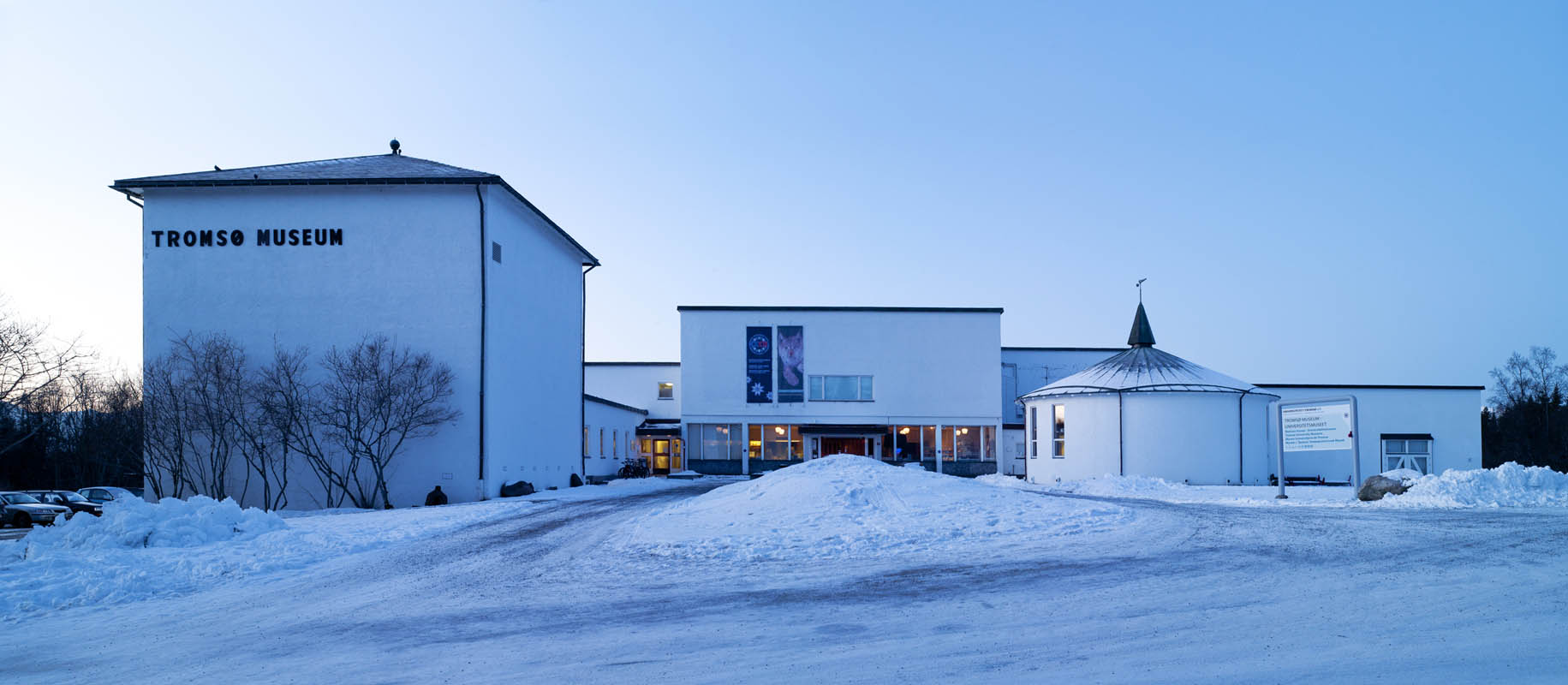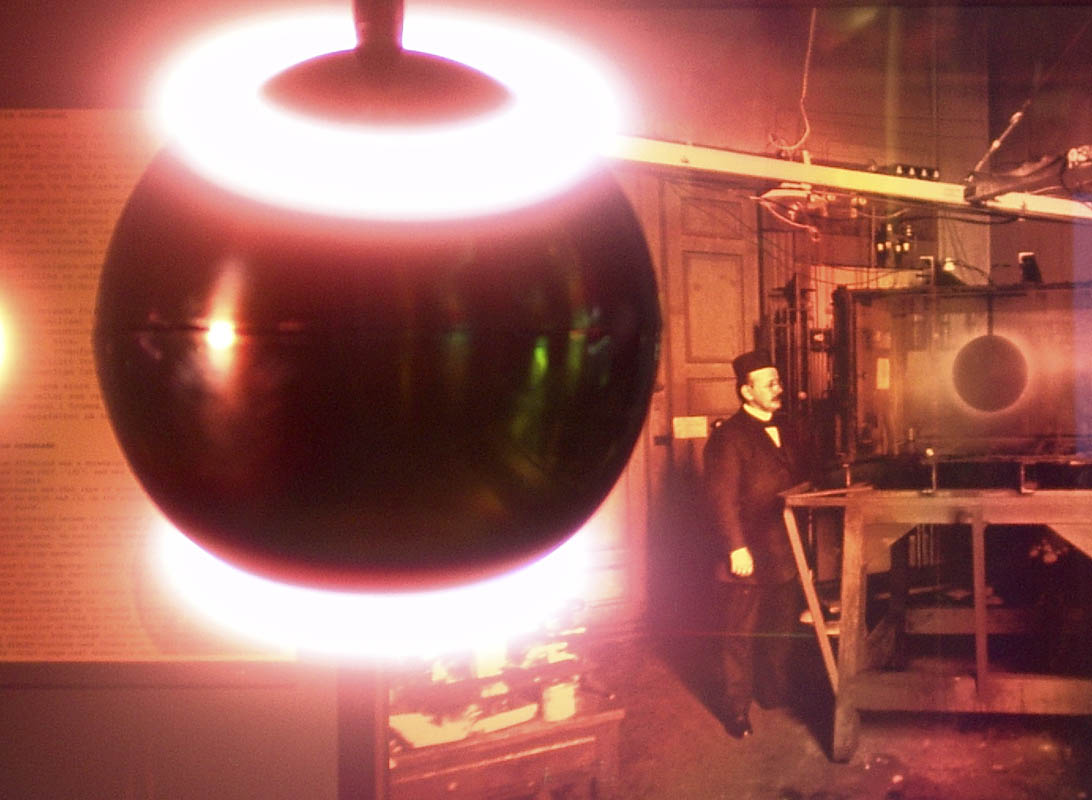“Nah, no northern lights today, it’s not cold enough.” Smug locals often spout this type of nonsense to tourists over a cup of coffee. The northern lights have nothing to do with temperature. The magic happens much higher up in the atmosphere. At Tromsø Museum, visitors get a detailed explanation for the phenomenon before they go aurora hunting.
A delicate dance in green
The northern lights assume many shapes—three arches, a curtain lighter than air blowing in the wind, a treble clef, the elegant neck of a swan—all in shades of pale green, chartreuse, mint or aquamarine, often with a tinge of pink along the edges. Sometimes the sky explodes in a corona, with rays shooting off in every direction in shades of pink, purple, green and white. The colour palette has almost an 80s feel to it, with light, floaty and elegant shapes against black rock, ice and snow, enough to render us all speechless.
Kristian Birkeland is the father of aurora science as we know it
Is it a bridge from our world to the gods, as the Vikings once believed? Is it a foreboding of pestilence, war and dark times? Or did the somewhat more intellectual explanation from the thirteenth century “King’s Mirror”—Konungs skuggsjá—get it right in claiming that the polar ice was so powerful it made the air glow?
Norwegian scientist Kirstian Birkeland, who used to be on the Norwegian 200-kroner note, solved the mystery: Loaded particles from the sun hit the outer layers of our atmosphere. The observatory he founded on Haldetoppen near Alta in 1899 revealed the secrets of the northern lights. He figured out where the northern lights form, how the phenomenon occurs and which elements ae involved in the process.
The terrella experiment was a success
Kristian Birkeland developed a way to produce northern lights in his laboratory. He used a glass container and placed a terrella inside, as a tiny model of the Earth. Inside the model was a magnet, which established a magnetic field around the mini-Earth.
The container was then almost emptied of all air, before Birkeland sent an electric current through it. When he did, he saw a purple light around the poles. A modern version of Birkeland’s glass container (Terrella) is on display at Tromsø Museum, where you can create your own northern lights.
Join a guided tour at Tromsø Museum
Tromsø Museum has an exhibit on the northern lights, where you can learn more about how the northern lights occur, the history of northern light research and legends and myths about the northern lights.
Tromsø Museum now offers daily guided tours. The tour explains all the different parts of the northern lights exhibit. Visitors also get to view one of two different videos:
• Northern Lights: A magical experience—a scientific explanation of the northern lights by scientist Pål Brekke and photographer Fredrik Broms. This video is 25 minutes long.
• Northern Lights – Nature’s own spectacular show emphasizes images and showcases time-lapse sequences of northern lights over Tromsø. Bjørn Jørgensen is the photographer, and Geir Bøhre and Bent Åserud have composed music especially for this video.
You’ll also get a complimentary book on northern lights and access to the museum’s other exhibits. The tour starts at 14:00 daily. Tickets are NOK 270 and must be booked at least one day in advance. The tour is given either in Norwegian or English, depending on the audience and the tour guide.

Visit Tromsø
Visit Tromsø informs about all attractions in Tromsø

